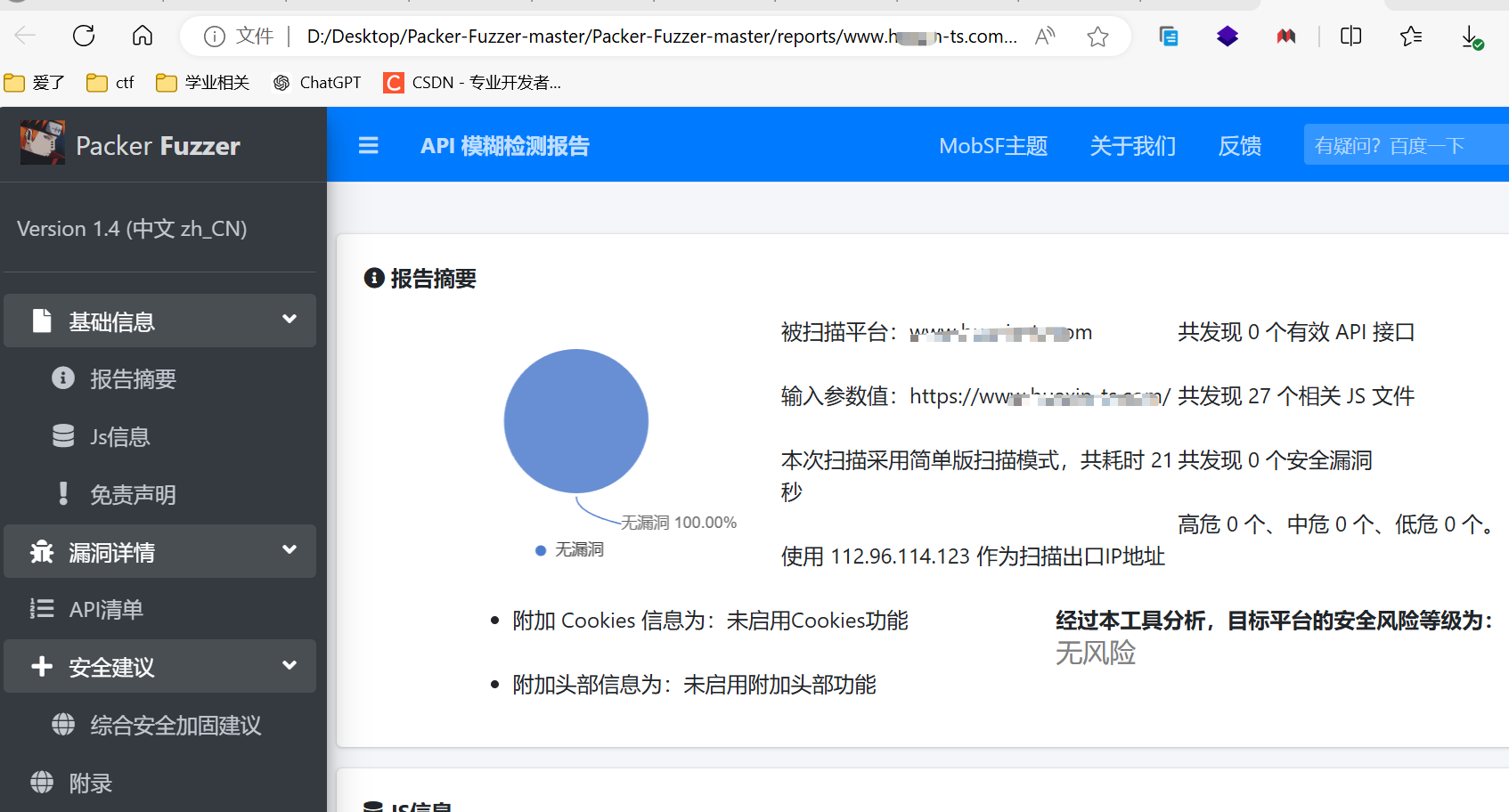众所周知,项目中需要使用定时任务发布的需求时非常常见的,例如:数据同步,清理垃圾文件,清理过期用户等需求,可能需要我们定时去清理数据。
但是我们如果集成xxl-job,Quartz,spring task等定时任务框架,但是我们如果只是针对某些小需求进行定时任务,完全用不到这样调度框架,Spring Boot框架中集成了@Schedule定时任务。
在我们使用@Schedule注解的时候,需要注意的时,这是一个单线程的定时任务,也就是说当我们在同一时间进行执行多个任务的时候,可能会出现第二个任务无法执行(不是绝对的)、任务执行顺序也不一样(有可能第一个任务先执行,也有可能是第二个任务先执行)。
所以在这里我们要想到使用多线程的方式。
第一步:pom文件修改
在我们创建完成springboot项目后,其实pom文件无需导入其他的依赖了,因为spring-boot-starter这个依赖中了。
第二步:配置ScheduleConfig
package com.example.demo.config;import org.springframework.context.annotation.Bean;
import org.springframework.context.annotation.Configuration;
import org.springframework.scheduling.TaskScheduler;
import org.springframework.scheduling.annotation.EnableAsync;
import org.springframework.scheduling.annotation.EnableScheduling;
import org.springframework.scheduling.concurrent.ThreadPoolTaskExecutor;
import org.springframework.scheduling.concurrent.ThreadPoolTaskScheduler;import java.util.concurrent.Executor;
import java.util.concurrent.ThreadPoolExecutor;@Configuration
@EnableScheduling
@EnableAsync
public class SchedulingConfig {private final int corePoolSize=2;private final int maxPoolSize=10;private final int queueCapacity=25;private final String namePrefix="AsyncTask-";/*** 自定义线程池配置类。* 不要命名为 taskScheduler,与spring框架的bean重名。* @return*/@Bean(name = "asyncServiceExecutor")public Executor asyncServiceExecutor() {//阿里巴巴编程规范:线程池不允许使用 Executors 去创建,而是通过 ThreadPoolExecutor 的方式,这样的处理方式让写的同学更加明确线程池的运行规则,规避资源耗尽的风险。//SpringBoot项目,可使用Spring提供的对 ThreadPoolExecutor 封装的线程池 ThreadPoolTaskExecutor:ThreadPoolTaskExecutor executor = new ThreadPoolTaskExecutor();
// ThreadPoolTaskExecutor executor = new MyThreadPoolTaskExecutor();//自定义ThreadPoolTaskExecutor,会打印线程池情况//配置核心线程数executor.setCorePoolSize(corePoolSize);//配置最大线程数executor.setMaxPoolSize(maxPoolSize);//配置队列大小executor.setQueueCapacity(queueCapacity);//配置线程池中的线程的名称前缀executor.setThreadNamePrefix(namePrefix);// rejection-policy:当pool已经达到max size的时候,如何处理新任务// 1、CallerRunsPolicy:不在新线程中执行任务,而是由调用者所在的线程来执行。// "该策略既不会抛弃任务,也不会抛出异常,而是将任务回推到调用者。"顾名思义,在饱和的情况下,调用者会执行该任务(而不是由多线程执行)// 2、AbortPolicy:拒绝策略,直接拒绝抛出异常// 3、。。。executor.setRejectedExecutionHandler(new ThreadPoolExecutor.CallerRunsPolicy());//执行初始化executor.initialize();return executor;}
}第三步:编写定时任务业务层代码
package com.example.demo.task;import org.springframework.beans.factory.annotation.Autowired;
import org.springframework.scheduling.annotation.Async;
import org.springframework.scheduling.annotation.Scheduled;
import org.springframework.stereotype.Component;import javax.xml.crypto.Data;
import java.util.concurrent.Executor;@Component
public class BusinessTaskScheduler {@Scheduled(cron = "0 0/1 * * * ?")@Async("asyncServiceExecutor")public void TelecomBusinessTask() {// 业务逻辑代码try {System.out.println("任务1执行时间:"+System.currentTimeMillis());for (int i = 0; i < 6; i++) {System.out.println("执行任务的线程名称: " + Thread.currentThread().getName()+"-----任务1");}} catch (Exception e) {throw new RuntimeException("获取定时任务调用失败!"+e);}}@Scheduled(cron = "0 0/1 * * * ?")@Async("asyncServiceExecutor")public void MobileBeiXiangTask() {try {System.out.println("任务2执行时间:"+System.currentTimeMillis());for (int i = 0; i < 6; i++) {System.out.println("执行任务的线程名称: " + Thread.currentThread().getName()+"-----任务2");}} catch (Exception e) {throw new RuntimeException("获取定时任务调用失败!"+e);}}}测试结果



















